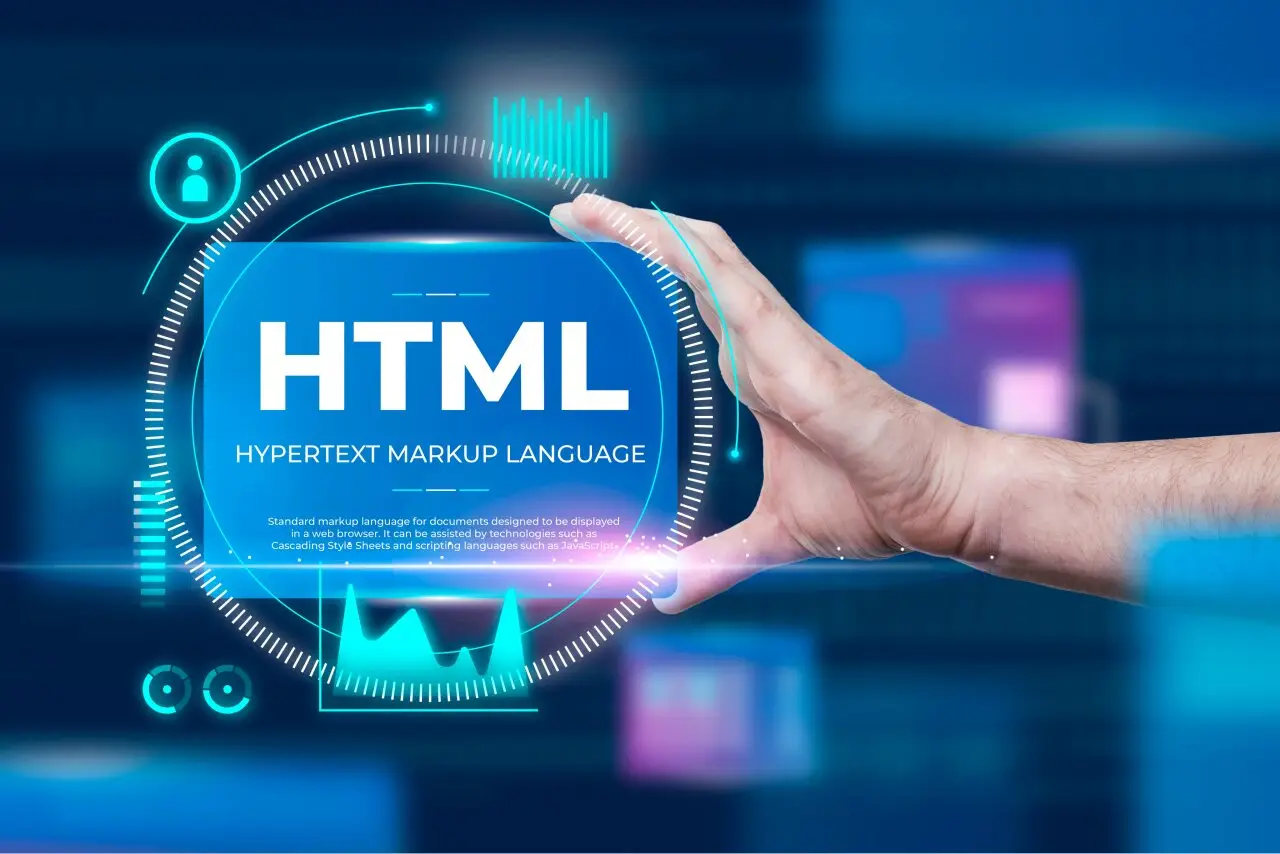
Mastering Mobile Application Development: A Comprehensive Guide to React, Flutter, Swift, Objective-C, and .NET
In the ever-evolving era of mobile application development, staying abreast of the latest trends and frameworks is essential for developers and businesses alike. Today, we’ll embark on a comprehensive journey through the realms of React, Flutter, Swift, Objective-C, and .NET, exploring their unique features and use cases in the context of mobile application development.
React, developed and meticulously maintained by Facebook, stands as a cornerstone in the dynamic field of mobile application development. Renowned for its declarative approach to crafting user interfaces, React empowers developers to seamlessly create interactive and dynamic mobile applications. Its robust component-based architecture not only facilitates code reusability but also makes it a favored choice among developers striving for efficiency and maintainability in mobile application development.
Flutter, Google’s open-source UI toolkit, has garnered significant traction for its prowess in creating natively compiled applications for mobile, web, and desktop – all from a single, unified codebase. Utilizing Dart as its programming language, Flutter provides a rich palette of pre-designed widgets, enabling developers to sculpt visually stunning and responsive interfaces for their mobile applications. The hot-reload feature further accelerates the mobile application development process, making Flutter an enticing choice for those seeking efficient cross-platform solutions.
Swift, Apple’s meticulously crafted programming language, has swiftly become the language of choice for iOS mobile application development. Celebrated for its speed, safety, and expressiveness, Swift has gracefully replaced Objective-C as the primary language for constructing iOS and macOS applications. Boasting a concise and expressive syntax, Swift empowers developers to compose clean, efficient code, mitigating the likelihood of errors and enhancing overall productivity in iOS mobile application development
Objective-C, a Legacy Powerhouse
Despite Swift’s ascendancy, Objective-C remains an integral part of the iOS mobile application development landscape. Numerous legacy applications and codebases still rely on Objective-C, making it an indispensable language for developers with a rich history in iOS mobile application development. Apple’s unwavering support ensures the continued compatibility of older apps, allowing developers to seamlessly integrate new features with existing code in the iOS mobile application development ecosystem.
The .NET framework, crafted by Microsoft, stands as a versatile and powerful platform for building a myriad of applications, especially in the context of mobile application development. With the advent of .NET Core, developers can harness its cross-platform capabilities to construct applications that seamlessly run on Windows, macOS, and Linux. Supporting multiple languages, including C#, F#, and Visual Basic, the .NET framework provides the flexibility for developers to choose the language that aligns with their specific needs in mobile application development.
In the dynamic world of mobile application development, the choice of frameworks and languages is paramount for developers and businesses striving to deliver high-quality and innovative solutions. React, Flutter, Swift, Objective-C, and .NET each bring unique strengths to the table, catering to diverse needs and preferences in the expansive landscape of mobile application development.











